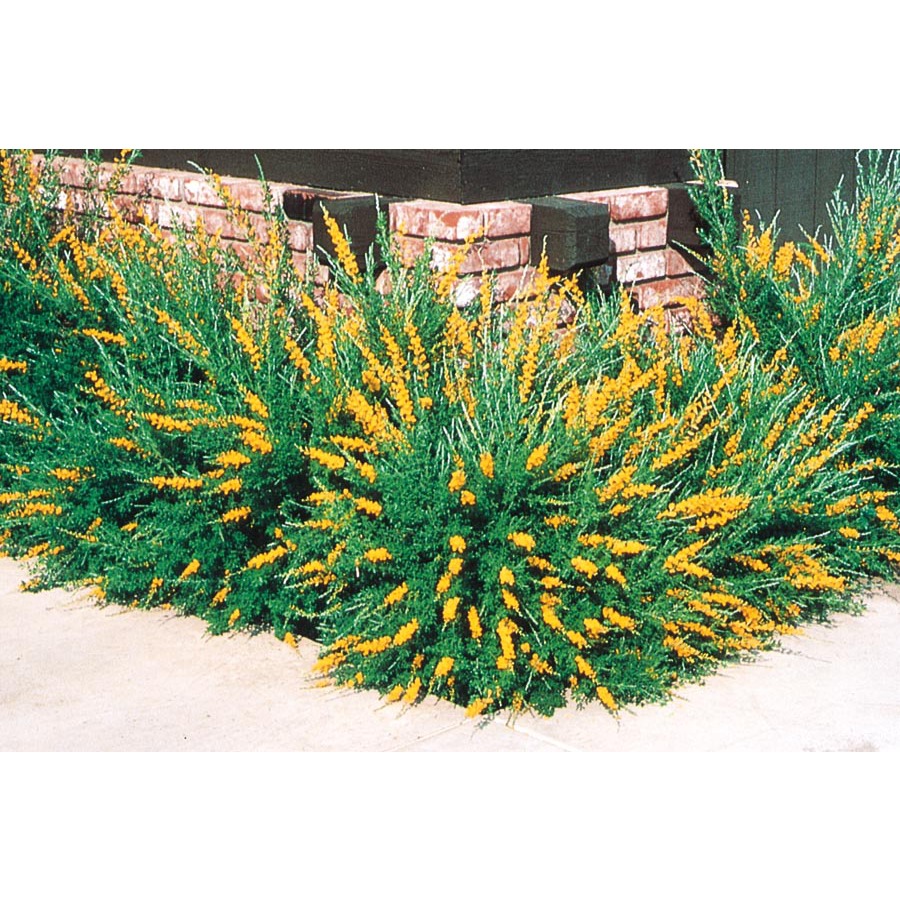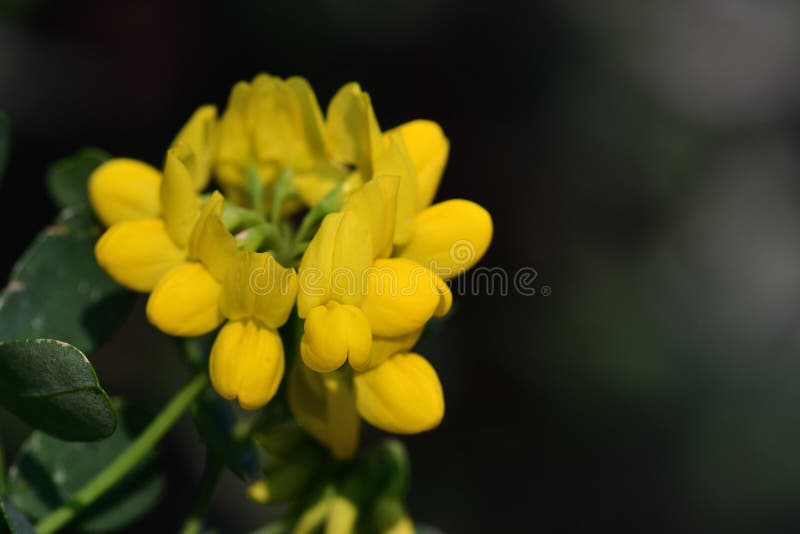

We’ll get to this later on, but it’s worth knowing that it takes several plants to make your own broom. It’s known that broom corn was originally planted in home gardens, not plantations. The sweeping sensation of broom corn production… But my question to you is this: have you ever seen fields of it waving in the breeze? Probably not, though you can attempt this by planting it in your backyard. From there it spread west as far as New Mexico and Colorado. In the 1700s, Benjamin Franklin was credited with introducing it to the United States. It’s even possible that some seed selection went along with helping to evolve the longest panicles (the loose branching clusters of flowers, like oats, growing singly from the top of each plant). Due to its appearance, it immediately shows us what it wants to be – or to do.

Sweeping the bad jokes aside, it seems that brooms were made first from broom corn in the Dark Ages. How it spread to the Mediterranean and beyond, is anybody’s guess. Origins and a Brief History of Broom CornĪlthough not for certain, it appears that broom corn ( Sorghum vulgare var. If not for the sake of going plastic-free, then for the sake of returning to a simpler, self-reliant way of life. Then you can get rid of your plastic “broom”, sweeper, swifter, whatever you want to call it, and get back to your natural origins. By the time you’re done reading, all that’s left to do, is purchase some seeds and wait for the right time to plant them. Or maybe you are here to learn a thing or two about diversifying the bird feed that you can easily grow in your backyard.Įither way, let’s tuck into the subject of growing broom corn. Cytisus scoparius – The most common variety, with its distinctive golden yellow color.So, you’d like to try your hand at making a broom, am I right?.Cytisus kewensis – Delicate creamy white blooming.Cytisus purpureus – Very appealing original purple color.Cytisus beanni – Very beautiful intense yellow blooming.Cytisus albus – Cute white flowers in spring.The most common broom shrub varieties are: The somewhat fire-resistant seeds can then sprout and conquer the land! Don’t plant this near your house if the area is prone to drought and fire hazards. On top of being invasive, you should know that French broom actually fuels forest fires! Indeed, part of this plant’s strategy is to help fires wipe native plants out. Important note: in many states and countries, French broom is invasive.Very hardy to freezing and cold, rest assured that it won’t suffer in any way even when temperatures drop to 5☏ (-15☌). You can also propagate it after 2-3 years by preparing cuttings, which is a great way to replace the mother plant regularly. French brooms only live for a few years, 5 at most, which means they must be replaced after this span of time. Its growth is relatively fast and it adapts well to most soil and climate types. This shrub bears flowers abundantly and it is very colorful, a real ball of fiery gold for the most part of spring. You can also reshape your French broom to a nice shape just after the blooming.Īs regards watering, the first year is the only year where regular watering is needed. In the subsequent years, prune the sprigs of the year on the French broom after the blooming more or less by half. It is preferable to not prune it too early after planting, so that it may quickly grow into its natural shape. Pruning and caring for French broomįrench broom is a shrub that is easy and only requires very little care, both for pruning and for watering. It’s actually what makes this shrub so invasive. These germinate easily when they’re given lots of light. However, each shrub produces thousands of seeds every year. The ideal substrate is special cutting soil mix.The best season for cuttings is summer, on wood that hasn’t born flowers yet.Making cuttings is the easiest and fastest method to propagate French broom.



 0 kommentar(er)
0 kommentar(er)
